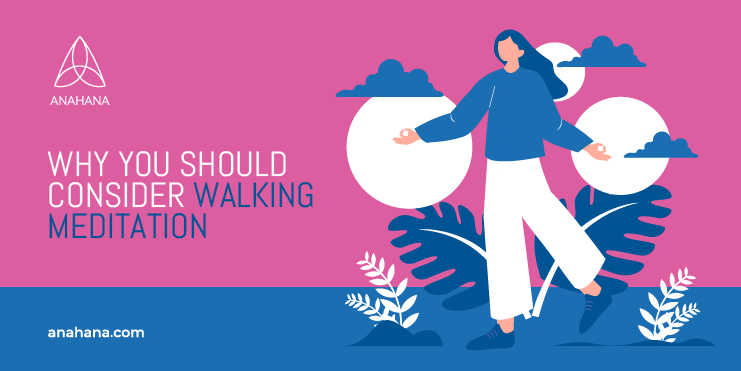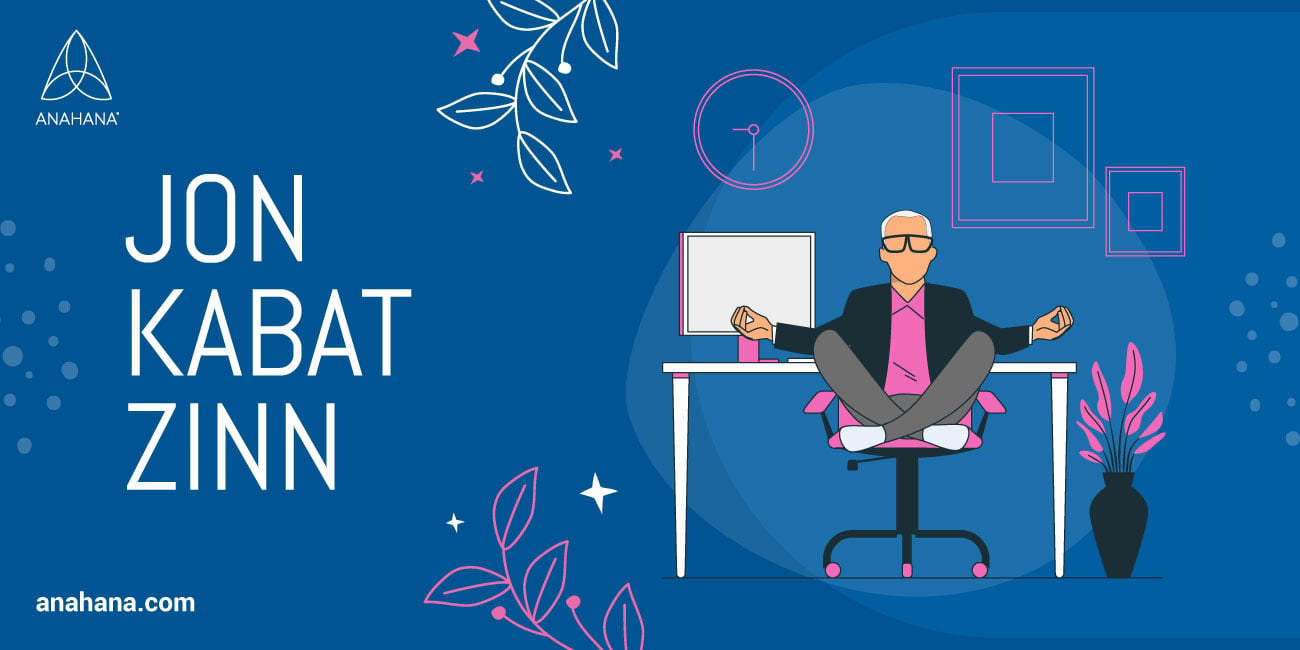Kindness
Kindness means a state of behavior marked by generosity, helpfulness, and consideration without expecting anything in return. It is a positive,...
With origins in Buddhism, walking meditation, or Kinhin is a meditation technique that involves walking while meditating. Although this practice traditionally begins before or after sitting meditation, practitioners now use it as an active way to incorporate mindfulness into everyday life. The results through frequent practice support one to feel grounded and balanced.
 While most mindfulness techniques require sitting still, mindful walking involves moving the body and working to bring body and mind together for emotional and physical balance. By coordinating all aspects of the self, individuals can achieve heightened awareness for enhanced control of their feelings, actions, and thoughts. This helps people to respond to daily life situations without impulse. For those who struggle sitting still during mindfulness practices, mindful walking meditation is a great alternative.
While most mindfulness techniques require sitting still, mindful walking involves moving the body and working to bring body and mind together for emotional and physical balance. By coordinating all aspects of the self, individuals can achieve heightened awareness for enhanced control of their feelings, actions, and thoughts. This helps people to respond to daily life situations without impulse. For those who struggle sitting still during mindfulness practices, mindful walking meditation is a great alternative.
While everyday life looks different for everyone, Walking meditation is an ideal practice to incorporate into regular activity even with a busy schedule by incorporating it into your daily routine. An early morning walk can be done while walking to the car, at the park, on your way to work, or wherever else your day starts. For best results, practitioners should participate in mindful walking meditation on a regular basis.
 There are many benefits to human well-being to frequent walking meditation practice. Some of the physical and mental improvements practitioners often experience include:
There are many benefits to human well-being to frequent walking meditation practice. Some of the physical and mental improvements practitioners often experience include:
One randomized controlled study tested walking meditation as an intervention for chronic obstructive pulmonary disease patients. The results showed significant improvements in the walking group's quality of life and mental health over three months, compared to those who did not participate. This demonstrates that it can be used to improve patients' bio-physical wellbeing.
One study tested the results of walking meditation on individuals with type-2 diabetes. The results showed significant improvement in the heart rate, blood pressure, and glucose regulation. It is recommended that those who wish to reap this benefit practice mindful walking for 30-minutes a day, three times a week for 12 weeks.
Walking meditation reduces feelings of stress to calm the mind. Engaging with a positive mental state allows practitioners to feel an increased sense of peace and happiness.
In one study, a group of individuals experiencing high levels of psychological distress participated in eight mindful walking sessions over a period of four weeks. By the end of the trial, there was a dramatic reduction in symptoms of physical stress and a significant increase in their quality of life.
Research from a 2019 study suggests that walking meditation has a positive effect on our sleep quality. It gets the mind to walk with us, combining physical activity with mental exercise.
One study with older women from 2019 found that walking meditation improves ankle awareness and coordination to encourage balance. With this, it can be used as an alternative form of training and exercise to promote balance while aging.
 Before you begin, ensure you have enough space. Remember that if you are outdoors, you may continue walking in a single direction, while if you choose to walk inside, you will likely have to go back and forth.
Before you begin, ensure you have enough space. Remember that if you are outdoors, you may continue walking in a single direction, while if you choose to walk inside, you will likely have to go back and forth.
Here are the six simple steps to practicing walking meditation:
1. Begin by choosing a foot to start with. Pick one foot up, move it through space, and carefully place it on the ground in front of you. Feel the sensations of each part of this process from heel to toe, and repeat with the other foot.
2. Make sure you with intention. It is easy to fall into autopilot while walking, and doing so with intent may feel weird at first. Push through this, and stay aware of the task at hand. Walk freely but consciously.
3. Allow yourself to notice. Bring awareness to your feet touching the ground, and pay attention to the physical sensations that run through your body with each step. This will help you engage in the present moment as your body moves. Simply acknowledge these feelings as you walk without judgment.
4. Feel your surroundings. Take in a broad sense of the environment around you. Simply notice the warm air touching your skin, the birds chirping, the city street sounds, or the wind blowing, and paying attention to these small details will all you to walk mindfully.
5. Notice when your mind wanders. If your mind drifts, bring your attention back to how your legs and feet feel while making contact with the ground. Through regular meditation practice, this will get easier. Throughout the physical experience, you will fall deeper into the meditative state
If you struggle with engaging in the present moment, try downloading a guided walking meditation on your phone.
 What is the purpose of walking meditation?
What is the purpose of walking meditation?Mindful walking meditation has extensive benefits, both physical and mental. It is a convenient mindfulness meditation to incorporate into one’s daily life, making it ideal for those of us with busy schedules.
Further, it is recommended for experienced practitioners to practice before or after sitting meditation by effectively connecting the mind, body, and soul for complete coordination.
It is not about how fast or slow you walk, but rather what pace keeps you most present. Mind your pace, and remember it will vary from person to person. Play around with it and try not to focus too hard on your speed.
For best results, you should try incorporating at least a 10-minute walking meditation into your everyday routine.
Walking meditation has several names, some of the most common ones including kinhin and mindful walking.
How Meditation Helps With Stress
How Meditation Changes The Brain

Kindness means a state of behavior marked by generosity, helpfulness, and consideration without expecting anything in return. It is a positive,...

Creating abundance is by shifting the mindset to focus on the things to be grateful for, joy, and presence in the moment through affirmations.

Meet the man at the forefront of the stress reduction battle using mindfulness and meditation.